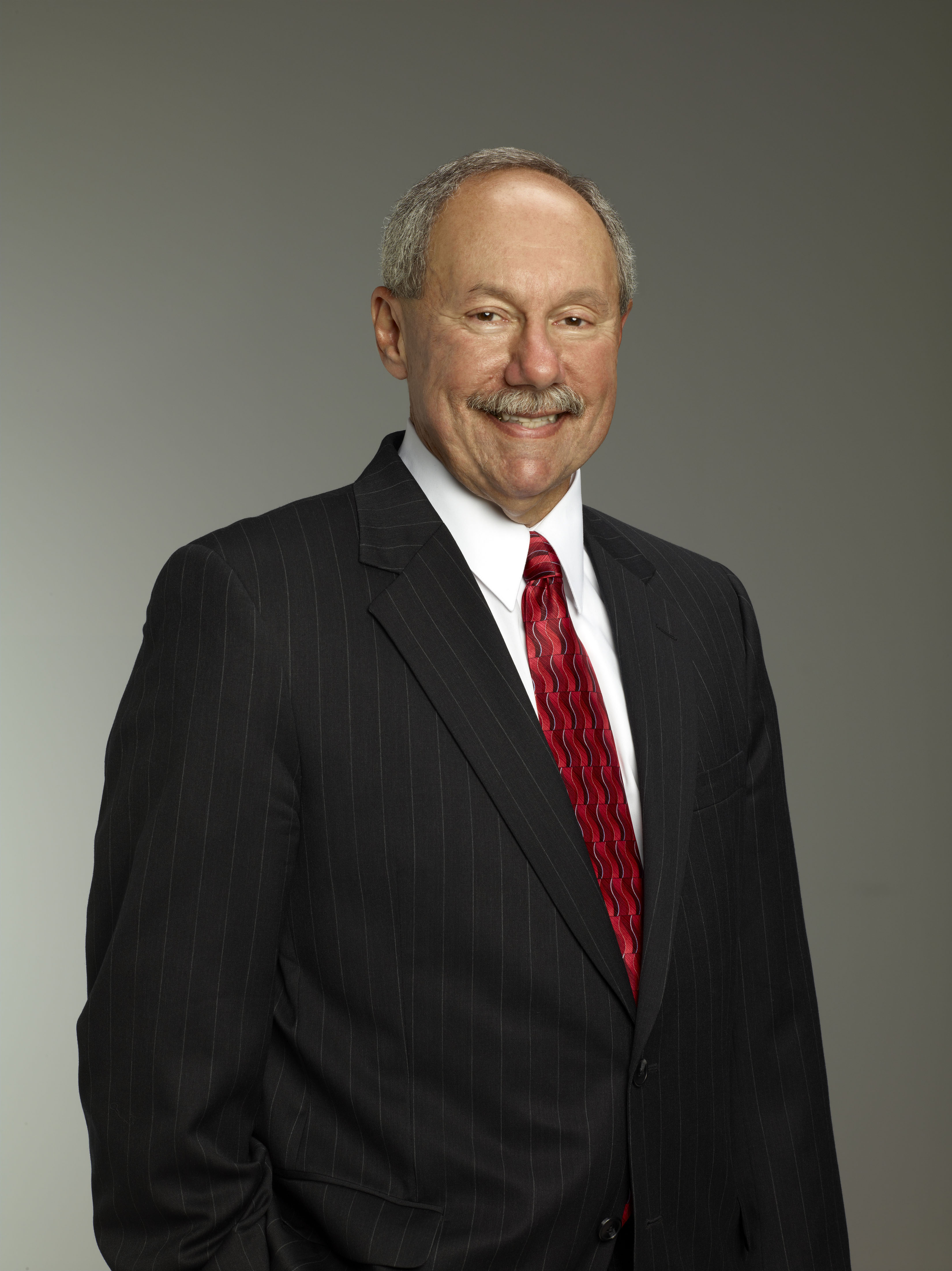Dec 7
2015
Telemedicine, Texting and Drones, Oh My!
By Tom Bizzaro, vice president, health policy and industry relations, First Databank

Healthcare delivery is changing drastically. Demographics, technology, economics, societal forces and many other factors are prompting the industry’s transformation as we head into 2016 and beyond. And, while change is always a bit jarring, sometimes it actually makes sense.
Here are eight emerging trends that are changing healthcare for the better:
The move toward telemedicine
Is there anyone out there who can honestly admit they are thrilled about traveling to a provider’s facility for their care? In today’s world, time has value and patients are much less willing to spend their time waiting for care. Now, in some cases, it is critical to be face-to-face with your caregiver. However, in many cases, it is just an inconvenience. I am pretty sure that surgery and treating a broken bone won’t lend themselves to a virtual visit, but think about all those things that do. Using Skype for virtual doctor visits; reading medical images taken in Indianapolis by a physician in Australia; and using a kiosk to get access to a nurse consultation have become commonplace — and much more is expected as telemedicine continues to expand.
The adoption of evolving electronic communication tools
I read recently that people under the age of 25 prefer texting as a means of communication with their doctors. It seems that phone calls and even emails are too intrusive and time consuming. In a world where email is too slow, where people are cutting the cord to cable TV, and newspapers are the last place young people get their news, healthcare organizations must stay on top of their constituents’ constantly changing communication preferences. Even those that aren’t young enjoy electronic communication tools like a medical guardian, these devices provide peace of mind for their owners and they in turn can save lives when necessary.
The return of home care
While patients are pushing healthcare providers to adopt the latest technologies, at the same time “what is old is new again.” Home healthcare services are growing as aging Americans want to stay in their homes as long as possible. Pharmacists are making home visits to the most at-risk patients to manage medication therapy. Doctors are making house calls to help improve care and decrease hospital readmissions. Nurses are performing all types of infusion therapy in patients’ homes.
The rise of non-traditional care providers
Local drugs stores are becoming convenient alternative care options. Many of these retail outlets are providing care services as pharmacists and nurse practitioners deliver on-demand immunizations, physicals, medication therapy management consults, blood pressure readings, blood glucose checks, as well as treatment for a variety of minor illnesses and injuries. Pharmacist education is changing to ensure they have the skills required for their expanding role.
Innovative drug and supply delivery methods
Getting drugs and supplies to needy patients is always a challenge – and one worthy of tackling with the most recent technologies. As such, even drones are being tested as a means to deliver drugs to rural and remote patients. Drones were used to deliver small aid packages during the Haiti earthquake in 2012. The Mayo Clinic is suggesting that blood products and antivenin for snake bites may be candidates for delivery by drones.
The evolution of quality measures, away from processes and toward outcomes
Quality measures will move away from focusing on processes and toward zeroing in on outcomes. For example, instead of assessing diabetes care based on whether a doctor checked the AC1 levels (glycated hemoglobin) of a diabetic patient, quality will be evaluated on the actual changes in a patient’s blood glucose levels over time. In addition, patients, themselves, can start to chime in on quality by reporting on outcomes in terms of quality of life measures such as perceived energy levels or the capacity to climb a flight of stairs.
The increased focus on costs
With high-deductible health plans becoming more common, consumers will become more involved in making care decisions – and they will be doing so with an eye on costs. As such, patients will partner with providers to choose and implement the most cost-effective treatment plans.
The use of evidence at the point of care
Choosing the best treatment plans often requires access to knowledge. First Databank’s drug knowledge can help improve outcomes in any setting or location. Delivering drug information via web services is paving the way for new options to access clinical decision support. Healthcare is moving toward value-based reimbursement and a focus on quality and improved outcomes. The traditional definition of point-of-care delivery of services is changing and will continue to broaden. As such, we have a significant opportunity to make healthcare more accessible, enhance quality and improve outcomes.
For me personally, I have some mixed feelings about the change that is coming to healthcare. As a traditionalist, I love holding that morning newspaper in my hands as I have my first cup of coffee in the morning. I like seeing my doc face-to-face. But, as I think about what’s ahead, I quickly come to the realization that many of these changes are, indeed, for the better. In this modern era, I can’t afford to take the time to get all the healthcare services I need in the traditional manner. Time is money and takes me away from my family and leisure time. So, as far as I’m concerned, I am going to be much more careful about how I spend my time and where and how I access my healthcare, how about you?